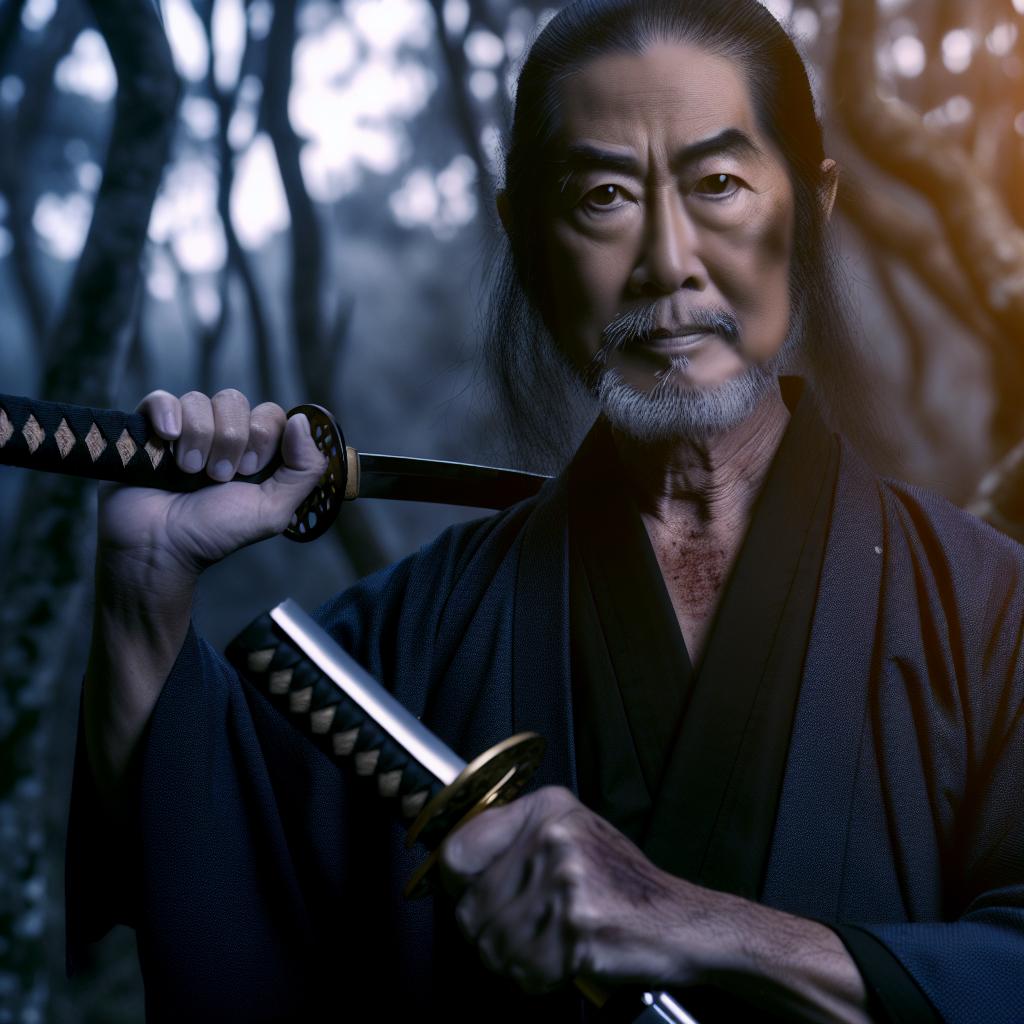The Historical Context of Ronin
The term ronin is steeped in historical and cultural significance, stemming from Japan’s feudal period. It specifically refers to samurai who had become masterless due to a variety of circumstances, most prominently during the Edo period, which lasted from 1603 to 1868. The etymology of the word itself provides insight into the life and status of a ronin; derived from “ro,” meaning “wave,” and “nin,” meaning “man,” the term evokes the image of a man adrift, without direction or purpose. This label was applied when a samurai’s lord died, lost status, or forfeited land, leaving the samurai without the financial support and social standing to which he was accustomed. Unlike samurai in service to a lord, ronin were left to fend for themselves, lacking both a stipend and specific communal responsibilities. As a result, their situation was fraught with uncertainty and instability, marking a substantial fall from their previous societal stature.
The Transition to Modernity
During the latter part of the Edo period, Japan found itself on the cusp of dynamic change, slowly shedding its feudal past in favor of becoming a centralized, modern state. This shift was crystallized by the advent of the Meiji Restoration in 1868, a pivotal moment in Japanese history that brought sweeping changes to the country’s social and political structure. The Meiji Restoration was not merely an overturning of the old order; it was a radical reconfiguration, designed to modernize Japan and abolish longstanding institutions. Within this broader societal transformation, the samurai class was essentially dissolved, setting the stage for the extinction of the ronin. As the rigid social hierarchies of the past began to dismantle, so too did the traditional roles that defined them. In this new modern era, the social conditions that had once given rise to the ronin no longer existed, as Japan moved toward a new type of governance and societal organization.
Notable Incidences Involving Ronin
Though the era of the ronin is characterized by the gradual decline of the samurai class, certain events involving these masterless warriors have left an indelible mark on history. One particular incident that stands out is the tale of the Forty-Seven Ronin, alternatively known as the Ako Incident. Though it occurred much earlier, between 1701 and 1703, this episode has persisted in the collective memory as a powerful example of samurai honor and loyalty. In this renowned incident, a group of forty-seven ronin sought to avenge their fallen master, Asano Naganori, by taking the life of Kira Yoshinaka, the man they held responsible for their lord’s demise. This act of vengeance was not only a testament to their enduring loyalty but also served as a potent symbol of the complexities of samurai ethics. Despite their masterless status, the actions of the Forty-Seven Ronin continue to evoke discussions about duty, honor, and the martial spirit associated with samurai culture.
The End of the Ronin Era
The sweeping changes brought on by the Meiji Restoration effectively sounded the death knell for the ronin as a distinct social class. The new government was resolute in its efforts to abolish the entrenched social hierarchies that had characterized Japanese society for centuries. By doing so, they unlocked paths to modernization and sought to encourage a society based on merit rather than hereditary status. Structured classes, notably the samurai, and by extension, the ronin, were dismantled. This governmental agenda aimed at social restructuring left little room for the continuance of ronin in any traditional sense, as the very conditions that spawned their existence were eradicated in favor of progressive reforms.
The Last Known Ronins
As Japan burgeoned into the Meiji Era, sightings of ronin began to diminish significantly. However, history occasionally provides accounts of individuals who continued to adhere to the ancient samurai code, reminiscent of ronin. While these individuals may not have been officially recognized as ronin, they embodied the spirit and ideology associated with a bygone era. Their stories, sporadically appearing in historical records, sometimes reflect resistance to the wholesale modernization that defined Meiji Japan. These narratives reflect not only a clinging to traditional values but also highlight the tension between maintaining cultural heritage and embracing a changing world.
The transition from the Edo period to the Meiji era is a topic explored in numerous academic and historical discourses. Delving into these scholarly works provides deeper insights into how these transformations influenced not only the structure of Japanese society but also the individuals who lived through this era of change. Understanding the historical conditions that shaped the experiences of ronin offers a lens through which to view the broader narrative of Japan’s transition from feudalism into modernity. Through such explorations, one gains a fuller understanding of how the vestiges of a once-formidable warrior class were adapted, altered, or left behind entirely in the nation’s pursuit of modernization and growth.

